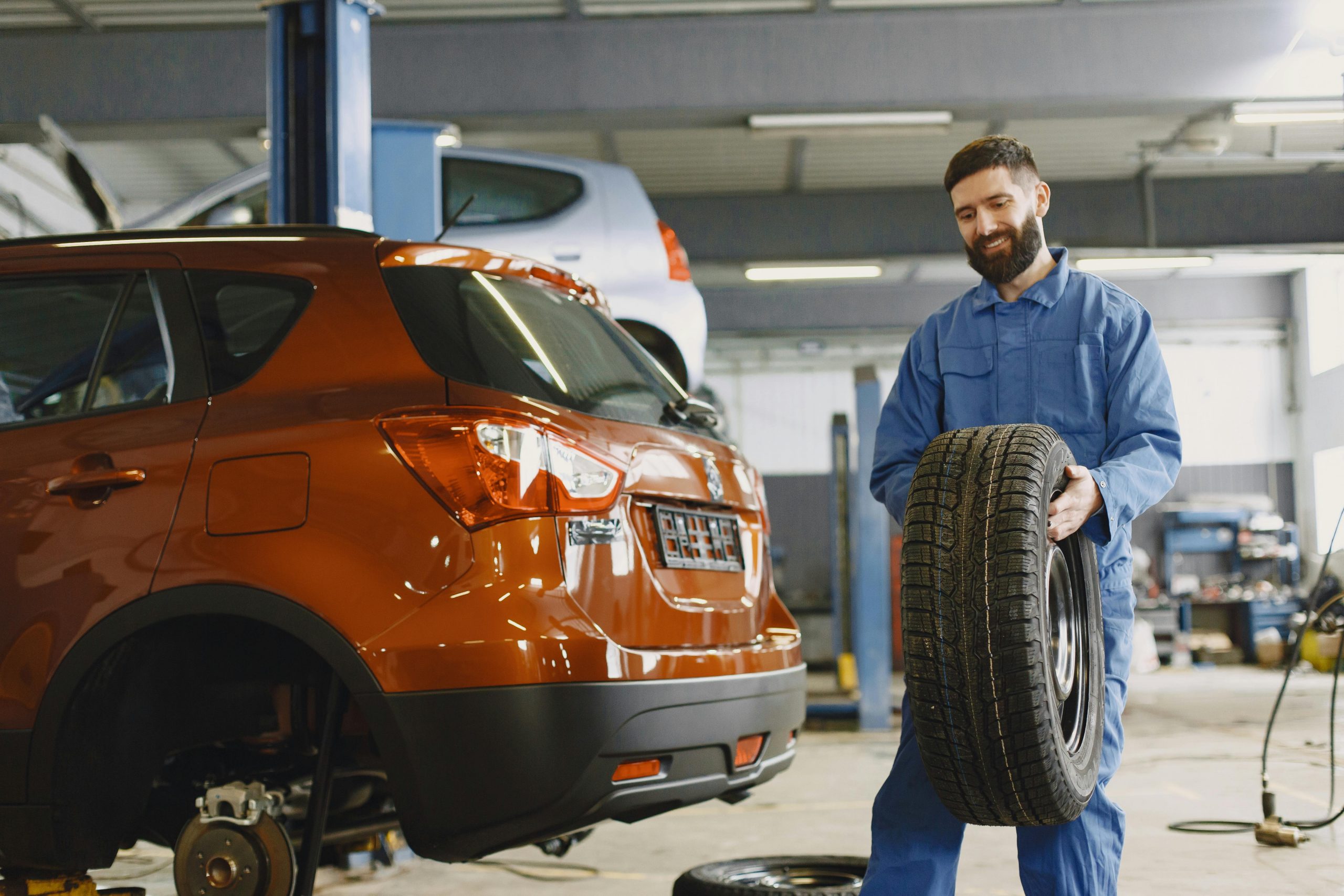 The road test is a rite of passage of sorts in American society; it symbolizes not just your ability to drive, but also that you are now a functioning, and mobile, member of society. In this article, we’ll talk about certain aspects of the road tests, from how long it takes, what you need to know, and how you can pass it with flying colors.
The road test is a rite of passage of sorts in American society; it symbolizes not just your ability to drive, but also that you are now a functioning, and mobile, member of society. In this article, we’ll talk about certain aspects of the road tests, from how long it takes, what you need to know, and how you can pass it with flying colors.
For the unaware, the road test is a federally mandated exam given by the Department of Motor Vehicles, or DMV, to assess a driver’s ability to operate a vehicle safely. Road tests are tailor fitted to each state’s specific driving and traffic laws. During a road test, the learner driver is made to operate a vehicle both in a test site andPreview (opens in a new tab) along actual roads while a DMV test examiner assesses their driving skills from inside the car. The examiner will put the examinee through various driving situations, mostly realistic, while some are to test the examinees emergency preparedness.
All 50 states and, of course, Washington D.C., requires driving applicants to pass the road test before that person can be given or issued a valid driver’s license; however, if you already hold a driver’s license from a different state, getting a license in a different state won’t require passing that particular state’s road test. In some states, the local DMV will waive the road test if the applicant already holds a valid driver’s license from a foreign country (you’ll have to check with your local DMV for the exact requirements).
To take the exam, no driver’s license is required; after all, that’s why you’re taking the exam, to get a driver’s license! Here are other facts you should know about the DMV road test:
There’s a Minimum Age Requirement
To take the DMV road test, you’ll need to be a certain age. This age varies depending on the state, although in most circumstances, the minimum age requirement is 16. Beyond that, the applicant should also have passed that state’s graduated driver’s license, or GDL, program for underage drivers. This program usually involves going through driver’s education classes and a minimum number of supervised driver’s training hours. You’ll also have to meet your state’s new driver requirements, usually involving tax and insurance matters.
You Will Be Tested on Various Driving Skills
The DMV road test isn’t as simple as driving up and down the street: the DMV examiners will make sure to test you on a wide variety of skills necessary to be a competent, and confident, driver, from three-point turns, changing lanes, merging, and proper signaling.
Some states will even test your ability to drive on the freeway, with examiners guiding you from the DMV test center to the nearest highway in order to test your ability to enter the freeway, pass different kinds of vehicles, and exiting the highway in the safest and fastest manner. A majority of states will also test your ability to parallel park, make U-turns, and other core driving competencies. You can check your local DMV’s manual for all the lessons you’ll need to brush up on.
 During the road test, your DMV examiner will be sitting in the passenger seat, in order to get front-row views of how you handle your vehicle and if you’re doing it safely and within your state’s driving laws. Do these without performing critical errors, and you should pass with flying colors.
During the road test, your DMV examiner will be sitting in the passenger seat, in order to get front-row views of how you handle your vehicle and if you’re doing it safely and within your state’s driving laws. Do these without performing critical errors, and you should pass with flying colors.
The DMV examiner will also inspect the vehicle you’ll be driving prior to the road test. The examiner will make sure that your vehicle is roadworthy by checking your lights and signals if they’re working properly, checking your windshield wipers, checking your windows for cracks and if it provides you with the required field of vision, and check your tires if they’re in good working condition. If your vehicle is acceptable, then the road test will continue; however, if the DMV examiner determines that your vehicle is not road-worthy, they can (and most often will) cancel your road test and have you reschedule your test.
The Road Test Only Takes a Few Minutes
Many people ask how long a road test is, and while it’s entirely dependent on the examinee, on average, it should only last between 30 to 40 minutes, and up to an hour max. The DMV examiner will not be putting you through the ringer or try to confuse you; all they want to see from you is your competency in core driving skills.
The longest part of the road test will be the drive around, as this is dependent on both your real-world driving skills and local traffic conditions. Although the DMV road test only takes a few minutes, you’ll need to allot extra time for the post-exam process, i.e., filing out paperwork, taking your picture, and issuance of your license.
Make an Appointment
Most states will require driver’s license applicants to make an appointment before they administer a road test. Appointments can be made either through your local DMV’s website or at your local DMV office. Every state’s DMV has a website where you can check this information.
Some states do allow walk-ins; however, just to be safe, ask in advance anyway.
You Can Retake the Exam
If you fail your DMV road test, don’t worry; you can always retake it! Some states, however, will require you to wait a certain number of days or weeks before you can retake the road test. During this time, take the opportunity to practice your skills.
A Driver’s License Doesn’t Give You Unlimited Road Privileges
While a driver’s license grants you the right to lawfully drive around the road, it doesn’t mean that this privilege is unlimited. In many states, licensed drivers under the age of 18 (or 21 in some places) will be given a graduate driver’s license, otherwise known as a provisional driver’s license (or, in some places, an intermediate driver’s license). While this type of license gives you the right to drive, it carries with it certain restrictions, such as not being allowed to drive at night or with passengers who aren’t related to you by blood.
However, once you reach your state’s age of maturity (18 or 21, depending on the state), you can trade in your graduate driver’s license for a full driver’s license. With a full driver’s license, you can now drive without restrictions.





